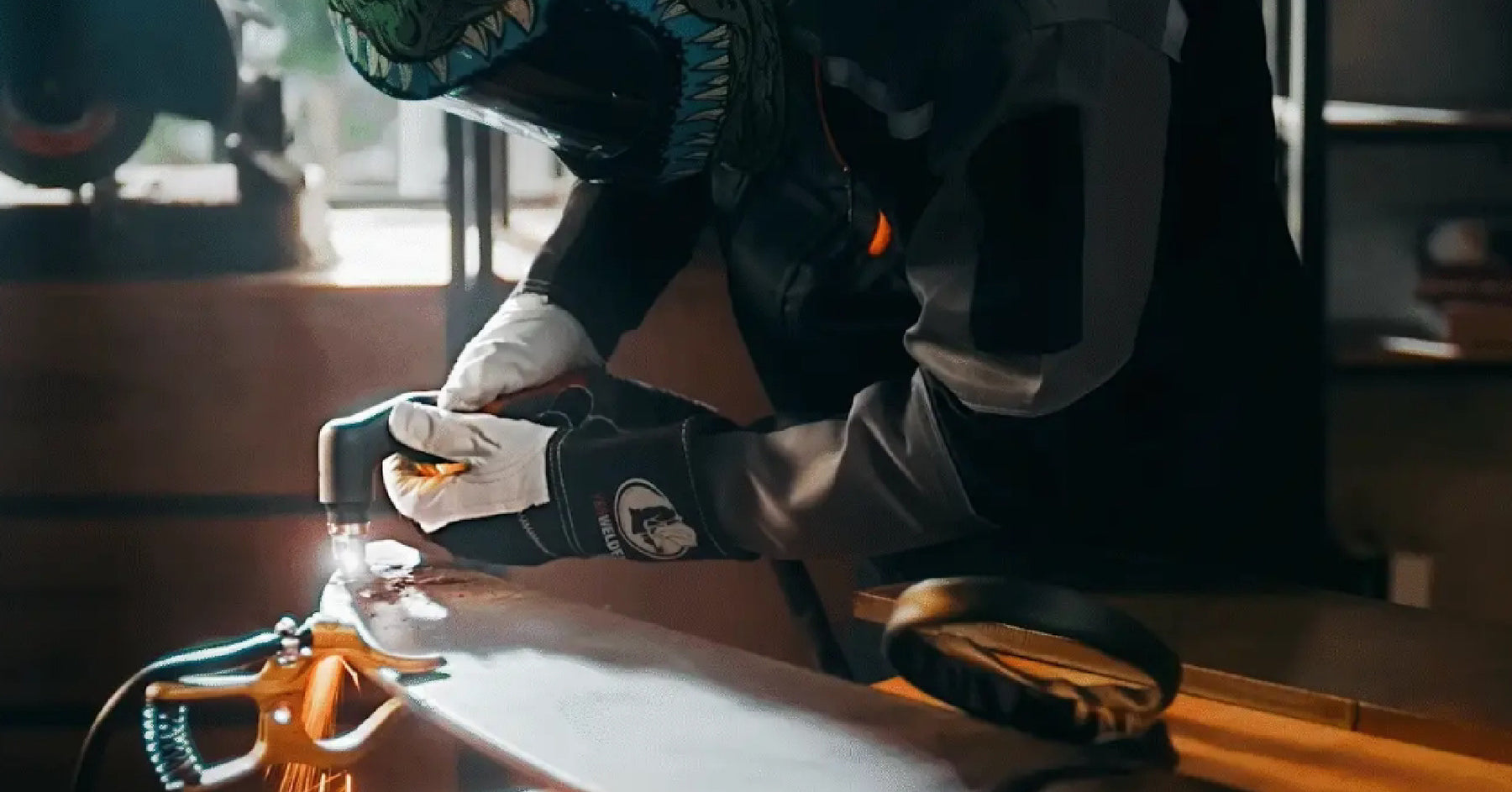Available for purchase in the USA
US

Welding is a vital skill across various industries, known for its ability to join metals firmly. However, the process comes with inherent risks such as burns, eye damage, and fire hazards. This guide emphasizes the importance of proper equipment and safety measures, ensuring a secure environment for welding professionals and enthusiasts.

Welding operations pose significant risks, including sparks, slag, and intense UV radiation. To manage these risks, it's crucial to adhere to established safety standards and equip oneself with personal protective equipment (PPE). Essential PPE includes fire-resistant clothing, gloves, eye protection, and face shields, each serving as a critical barrier against potential hazards.
Functionality and Features: Welding machines come in various forms like MIG, TIG, and stick welders, each suitable for different types of metal and thickness. Buying Recommendations: For DIY enthusiasts, look for machines that offer user-friendly interfaces and adjustable settings. Brands like YESWELDER, Miller, Lincoln, and Hobart are renowned for reliability and performance.

Types and Uses: Metal cutters like plasma cutters and oxy-fuel equipment are designed for precision and can handle everything from thin sheets to thick plates. How to Choose: Opt for devices with built-in safety features and consider the type of metal you’ll frequently work with. Well-known brands include Hypertherm and ESAB, which offer robust construction and excellent after-sales support.

Importance and Functionality: Helmets and goggles protect against sparks, spatter, and harmful radiation. They should have auto-darkening features and comply with ANSI standards for maximum safety. Buying Guide: Choose helmets with adjustable shades and comfortable fits. Brands like 3M and Optrel offer advanced features like airflow systems and improved optics for clearer visibility.

Role and Selection Criteria: Welding blankets protect against sparks and slag from welding and cutting operations. Carbon felt fire blankets, in particular, offer superior fire resistance and durability. Proper Usage and Maintenance: Ensure that the blanket covers all flammable materials and check it regularly for wear and tear. Proper storage is crucial to avoid moisture which can affect its fire-resistant properties.
Implementing fire safety measures in a welding workshop involves more than just having a fire extinguisher on hand. Use fire blankets and flame retardant fabrics strategically to enhance the safety of your work area. Setting up your workspace with adequate ventilation and keeping it free from clutter are also key steps in maintaining a safe environment.
Being prepared for welding-related emergencies involves having a clear action plan. This includes training on how to handle fires, knowing the locations of all emergency exits, fire blankets and keeping first aid kits and fire extinguishers accessible.
Understanding and implementing the right tools and safety equipment is crucial for any welding operation. By following these guidelines, welders can ensure their safety and enhance their efficiency. Always remember, the best welding practice is a safe one.
Leave a comment